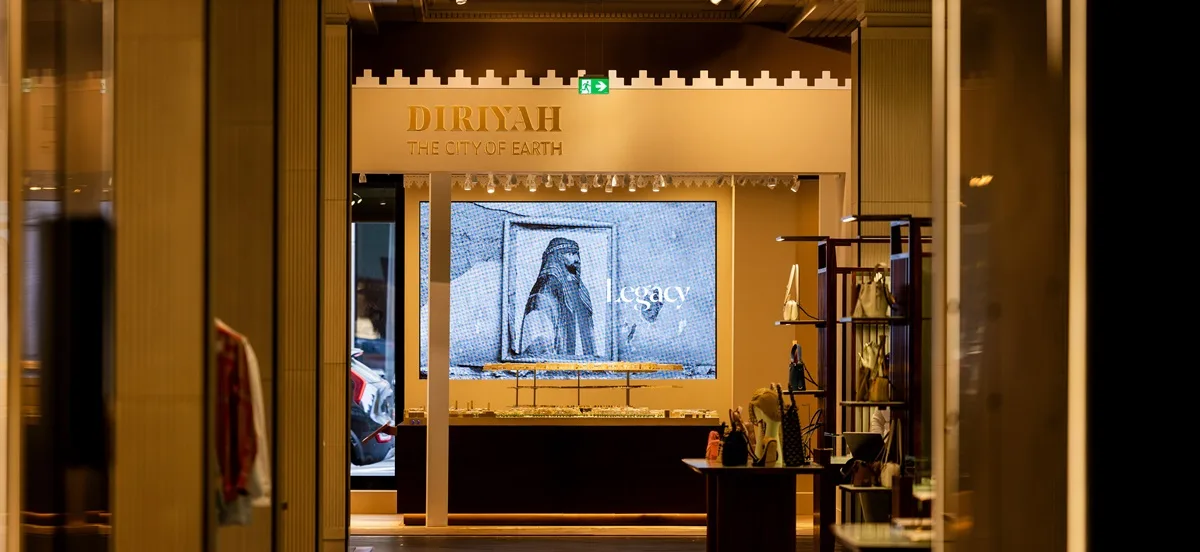Damian Hurley was born famous. Even though his mother, Elizabeth Hurley, put her career on hold to look after him, paparazzi would harass them on a daily basis. His teenage years were tainted with the death of important people in his life, the mark of which is palpable in his short film The Boy on the Beach and his debut feature-length film as a director, Strictly Confidential. Our Editor-in-Chief, Julia Pasarón, had the chance to catch up with him recently and learn who Damian Hurley really is.
Blessed with ridiculously good looks and having had his every need always catered for, Damian could easily have become an insufferable brat. Instead, this young man is devastatingly charming and easy-going. He has been obsessed with the world of celluloid since an early age, which is no surprise given that his mother is an actress and his godparents include industry giants Hugh Grant and Sir Elton John. Growing up, Damian used to hijack every holiday, torturing his long-suffering family and friends to act in his mini-movies, shot on a Flip Video camera given to him by his mother for his eighth birthday.
He used to watch old movies over and over again, and he mentions Anne Fontaine, Darren Aronofsky, and Tom Ford as the modern figures who inspired him in his desire to become a film director. “I am particularly fond of European filmmakers or people with a European sensibility, whether they are actually European or not. There is a certain je ne sais quoi and a subtle nuance to European cinema that I love.”
“Grief is meant to be a very private thing, certainly not something to experience in the public eye.”
– Damian Hurley

But life hasn’t just been about privilege for Damian. Death has hit him hard. When he was just 17, one of his best friends took their own life. “It was a devastating time for me and my friends; our first real loss. It shook us to our core and challenged all our beliefs… we just couldn’t understand why such a tragedy had happened.” The next year, his biological father, American businessman Steve Bing, died by suicide. Damian reflects, “That’s a very complicated part of my life. That whole time is a blur. The media frenzy in the aftermath was tough. Grief is meant to be a very private thing, certainly not something to experience in the public eye. I buried myself in work as a way to get through everything.” Grief is what spurred the script for Strictly Confidential.
Unsolicited media attention is something he knows very well and the main reason why his mother moved them to the countryside when he was very young. “Going to primary school in London was a nightmare,” he shares. “The paparazzi would follow us every morning on the school run. A sea of men camped constantly outside our house. I still remember their shouts as they flashed their cameras, shoving us… and my poor mum trying to get away from them and drive her five-year-old safely to school.”
Once in Gloucestershire, things got a bit easier. They lived on a 400-acre gated farm with no access at all for the paparazzi. Once, after Damian moved to a prestigious boarding school, the photographers tried to climb the walls to take pictures but were confronted with a hundred eight-year-old boys who decided they were the perfect target for water balloons. Damian laughs as he recalls those times. “I have very fond memories of that school.”
“Only when I saw the film all together [Strictly Confidential], I realised that there were connections with various aspects of my personal life.”
– Damian Hurley

He was 14, and still at boarding school, when he got his first acting role, as Prince Hansel von Liechtenstein in E! show, The Royals, in which his mother plays a fictional queen of England. “We shot over the summer holidays because my mother wouldn’t let me miss school. She was really strict about that.” Something similar happened when, at 17, he made his modelling debut for make-up artist Pat McGrath’s Sublime Perfection campaign. “That was all very unexpected,” he says, laughing. “I was sitting in a chemistry lesson when I got a call from photographer Steven Meisel asking me to fly to New York the next day to be the face of his new campaign.” Damian had never modelled before but, in a moment of madness, accepted, went to New York, did the job, flew back and made it just in time to sit his exams. He got top marks in all of them by the way.
The campaign was a resounding success, with the product selling out really quickly, so he was called again to appear in the next one, this time starring alongside industry legends Naomi Campbell and Irina Shayk. The campaign dominated the media for quite some time. Vogue went as far as to call Damian “a supermodel in the making”. However, first and foremost, Damian’s heart is in the film.
He had dreamt of making a feature film for years but planned to work his way up in front of the camera before going behind it. However, his short film The Boy on the Beach (2022) caught the attention of an executive at Lionsgate, who began working with Damian to make his dream come true. In March 2024, his first feature film as a director, Strictly Confidential, was released. He asked his mother to come on board as a producer and also play a supporting role.
As in The Boy on the Beach, there is a sense of grief that permeates the film. Damian insists it wasn’t intentional as he doesn’t believe in rewriting one’s life word by word. “Only when I saw the film together, I realised that there were connections with various aspects of my personal life. It truly wasn’t intentional.” […]
Read Damian Hurley’s latest interview in full in our winter issue. Order your copy HERE.
Follow Damian on Instagram: @damianhurley1
TEAM FOR DAMIAN’S SHOOT:
Photographer: Fenton Bailey Fashion and jewellery director/Production: Marcella Martinelli
Grooming: Lan Nguyen Grealis Hair: Tim Crespin Photo assistant: Malak Kabbani
Opening photo: Damian is wearing a LOUIS VUITTON Les Gaston Vuitton unisex Gourmet necklace in yellow gold; GUESS brown leather jacket and black jeans; and LEEM white cotton vest available at Selfridges.
Second photo: Damian wears LOUIS VUITTON Les Gastons Vuitton large tag pendant and ring, LV Volt One band ring and Tambour watch in yellow gold; GUESS beige jumper.
Third photo: Damian is wearing a CHOPARD Happy Diamonds pendant featuring 11 dancing diamonds and further brilliant cut diamonds set in 18kt white gold; RALPH LAUREN Purple Label Barathea wool tuxedo jacket and poplin tuxedo shirt.

































































